Do you thirst for the tranquility of underwater exploration? Does the thought of being one with marine life excite you? Scuba diving opens a door to an extraordinary underwater paradise, but perfecting your buoyancy skill is needed to really enjoy it. In this blog post, we’ll dive into six indispensable steps to master buoyancy skills, making your diving experiences more comfortable and memorable.
Step 1 to Master Your Buoyancy Skills: Weight Check!
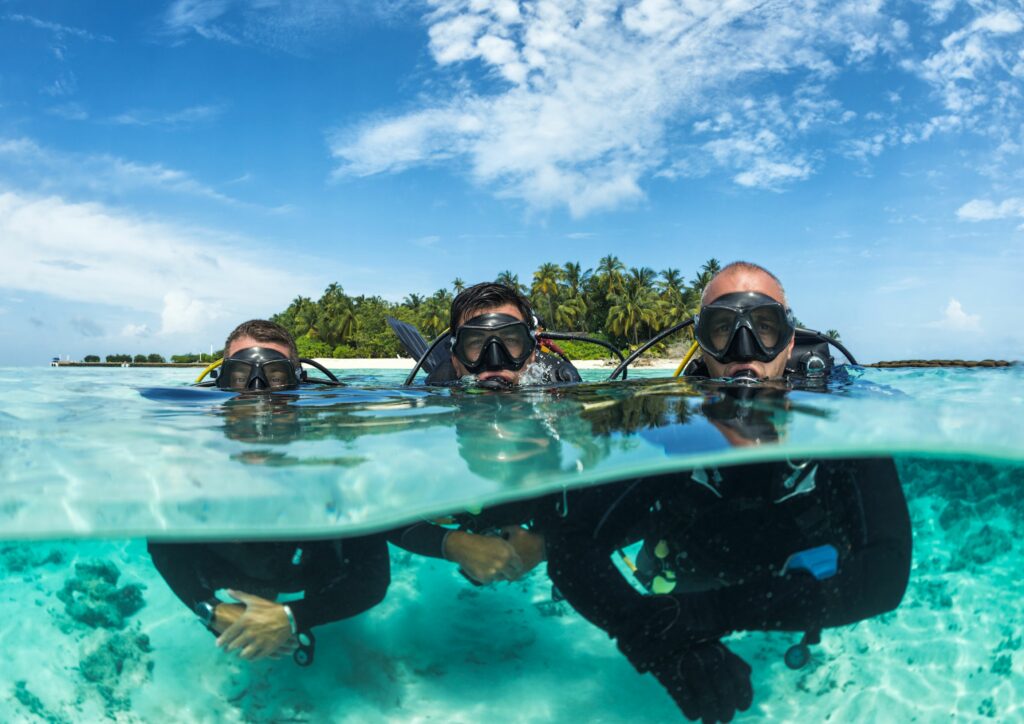
In the world of diving, buoyancy control starts with mastering weight checks. The importance of this initial step cannot be overstated: not only does it determine your posture during the dive, it also directly impacts both your comfort underwater and, crucially, your safety. Conducting a correct weight check ensures that you achieve neutral buoyancy at a depth of approximately 3-5 meters. At this depth, your buoyancy control device, or BCD, should contain minimal air. In order to determine if you have reached the right amount of weight, you should fully exhale to empty your lungs. If you begin descending just slightly, you have managed to achieve the correct weight for your dive – you are perfectly ready to proceed.
Step 2: Understand Your Weight Distribution
Once you have mastered your weight check, it is time to turn your attention to weight distribution. Underwater trim, balance, and your stance in the water are all influenced by how evenly your weight is distributed across your body. Tipping forward, rolling to the side, or leaning backward can all be avoided with proper weight distribution. This may require adjusting the positions of your weights, but also consider your equipment configuration for the dive. Tweaking these factors can lead you to a streamlined, horizontal position in the water that offers optimal balance and control.
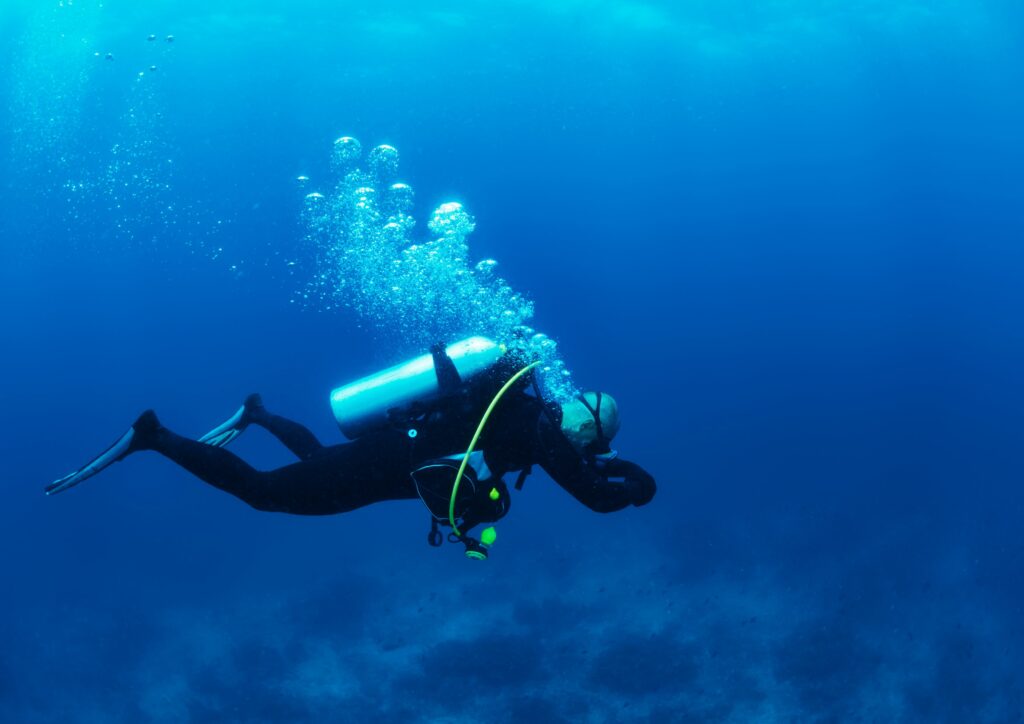
Step 3: Master Breathe Control for Buoyancy Skills
The art of breathing is integral to scuba diving and buoyancy control. More than just a biological necessity, in scuba diving, breathing is a tool that aids in mastering buoyancy. Deep, slow breaths are recommended – you’ll observe your body begins to ascend slightly with each inhale. Conversely, with every exhalation, you’ll start descending. Cultivate a pattern and rhythm to your breathing that allows you to maintain consistent depth underwater.
Step 4: Perfect Your Trim Position
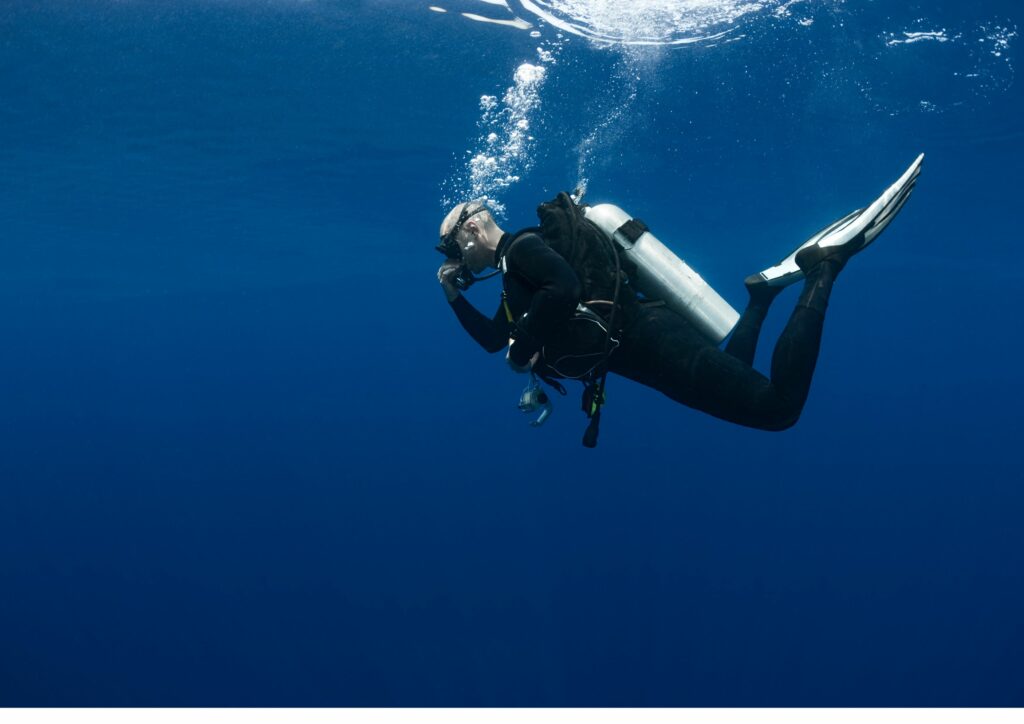
Trim in diving terms refers to your body’s position in the water. Achieving the correct trim position is vital. The ideal position is horizontal to the water’s surface – this alignment helps to minimize drag and increase your overall maneuverability and control underwater. Experimenting with different factors such as your weight distribution, your gear setup, and your body’s position will help you reach the perfect symmetry for effortless movement underwater.
Step 5: Relax
It may sound simple, but this step can often be the most challenging for many divers. Through continuous diving, you’ll find yourself becoming comfortable in the underwater environment, leading to heightened relaxation. Deep, slow breathing ensues, allowing for improved control over your buoyancy. Achieving this state of relaxation enhances your overall diving experience, providing you with a peaceful and enjoyable time beneath the waves.
Step 6: Practice Diving
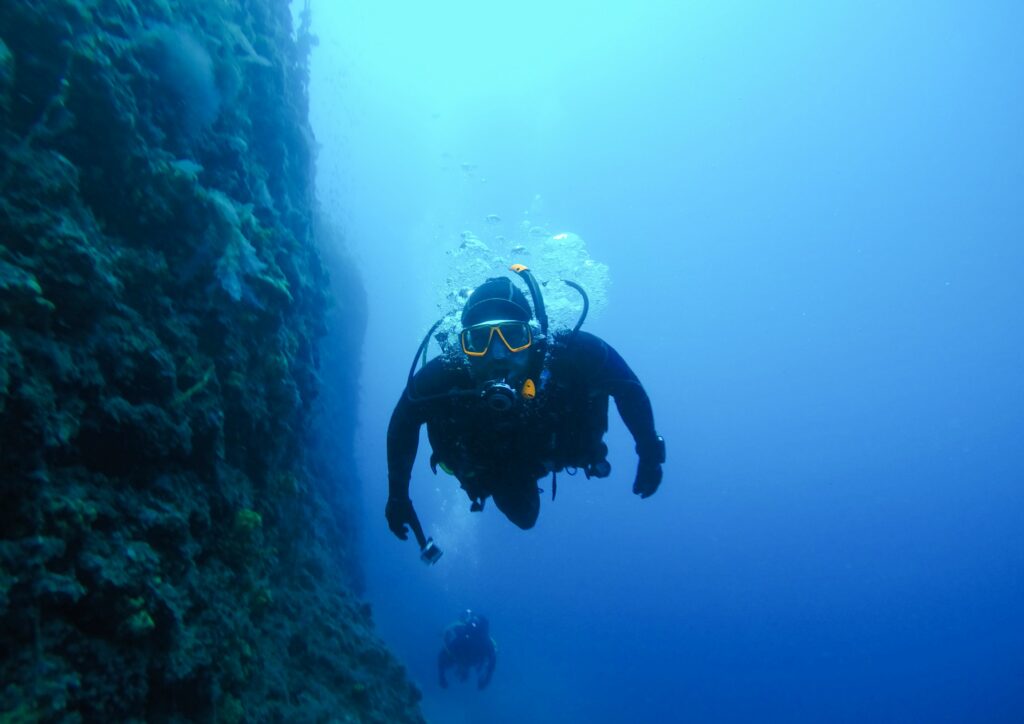
Mastering buoyancy, like any other skill, demands consistent practice; the more you dive, the more proficient you become. Each unique diving scenario presents an opportunity to fine-tune your buoyancy control. The various conditions you experience in different dives offer an invaluable chance to practice and perfect your skills, turning you into a more adept and assured diver.
The Final Surface Break: Achieving Graceful Buoyancy
Mastering buoyancy doesn’t happen overnight. It’s about developing skills gradually and systematically. Practicing these six steps – mastering the weight check, understanding weight distribution, controlling breathing, perfecting trim position, achieving relaxation, and regularly practicing diving – will set you on the path to achieving underwater grace. Remember, every diver was once a beginner when they just have Open Water Diving Certification. Patience, practice, and a passion for the underwater world will sharpen your buoyancy skills and make each dive a truly gracious journey.
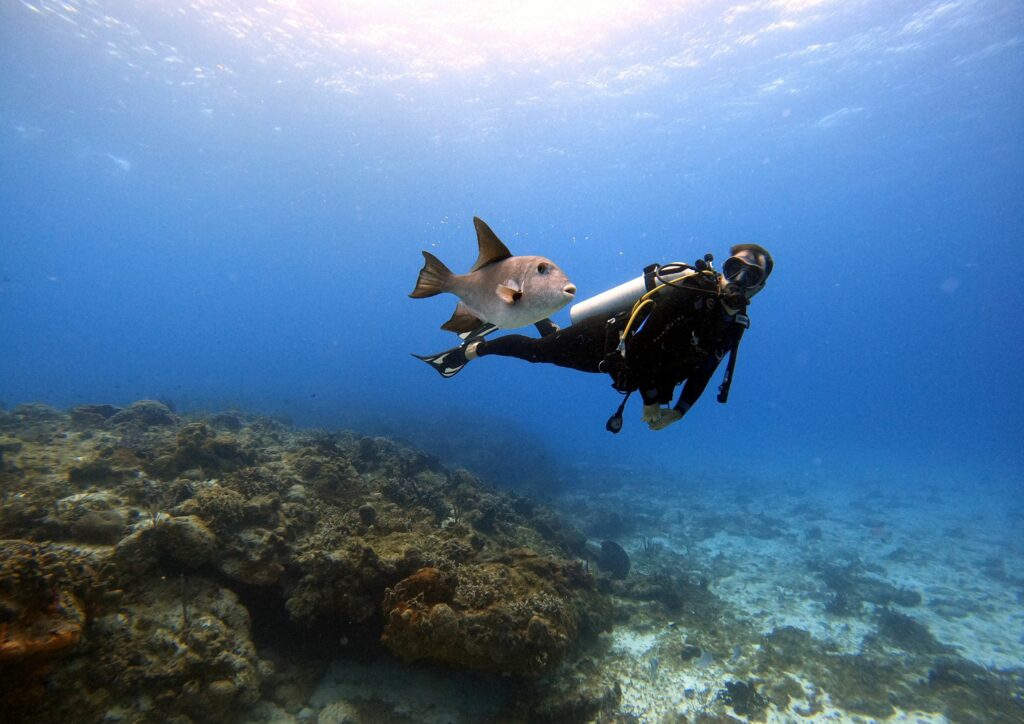
I must say, this blog post is a game-changer for me! I’ve always struggled with buoyancy control while diving, but these six steps are incredibly helpful. I’m definitely going to practice and master them.
Hi Nurul Syafiqah, congratulations on finding our blog post helpful! We’re thrilled to hear that the six steps provided were a game-changer for you. Mastering buoyancy control takes time and practice, but with patience and dedication, we’re confident you’ll become more comfortable and confident underwater. If you have any further questions or concerns, please don’t hesitate to reach out. We’re always here to help. Our team is available at Tel: +65 6734 9373, Email: [email protected]. Happy diving!
I’m a beginner in scuba diving, but this article has given me the confidence to try out these steps. I love how it breaks down each step clearly and provides visuals for better understanding.
Dear Kavitha, congratulations on taking the first step into the world of scuba diving! We’re thrilled to hear that our article has given you the confidence to try out these steps. Remember, mastering buoyancy is a process that requires patience and practice. Start with small adjustments and gradually work your way up. Don’t hesitate to reach out if you have any questions or need further guidance. And don’t forget to stay relaxed and enjoy the journey! At Gill Divers, our goal is not only to help you master your buoyancy skills but also to ensure that you have a memorable diving experience. If you have any more questions or concerns, please feel free to contact us at +65 6734 9373 or [email protected]. We’re here to support you every step of the way.
I’ve been diving for years, but I still find myself struggling with buoyancy control from time to time. This article has reminded me of the importance of relaxation and proper breathing techniques. Thanks for sharing!
Thank you for sharing your experience with us, Suresh! We’re glad to hear that our article has been helpful in reminding you of the importance of relaxation and proper breathing techniques. Remember, practicing relaxation and controlled breathing is a crucial step towards mastering buoyancy control. It’s also important to keep in mind that it takes time and practice to develop these skills. Don’t hesitate to reach out if you have any more questions or concerns. We’re always here to help. At Gill Divers, our goal is not only to provide excellent diving experiences but also to support our divers in their journey to become better scuba diving enthusiasts. Contact us at +65 6734 9373 or [email protected] if you need any further assistance.